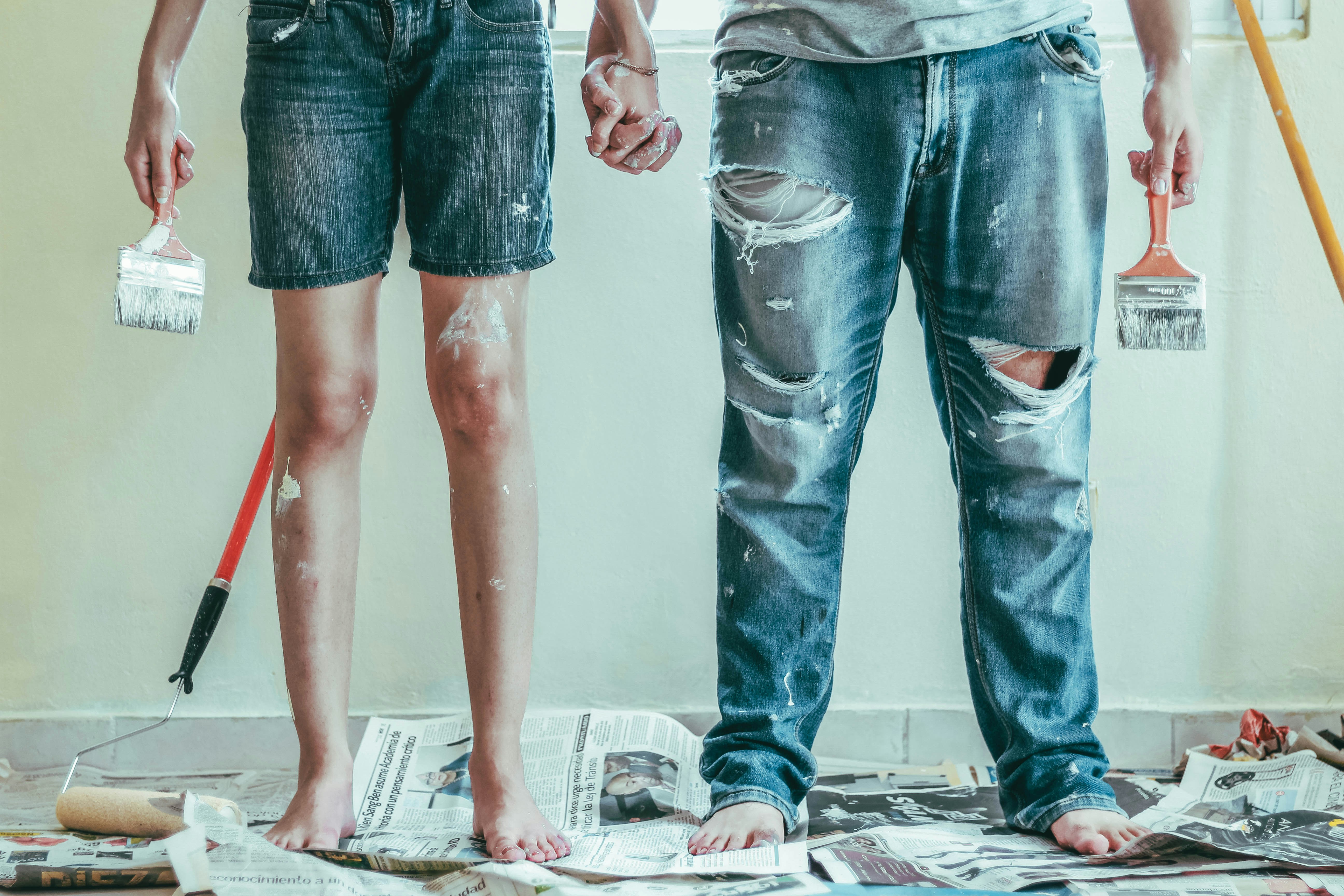We frequently get asked this question - how much should I budget for home maintenance on my rental property?
Some homeowners tend to forget that just because they’re not living in the home, that it doesn’t need regular maintenance. Budgeting for repairs for a rental property is a crucial aspect of property management to ensure the property remains in good condition and meets tenant needs.
The amount you should budget for repairs depends on several factors, including the age and condition of the property, its location, the type of tenants, and your personal preferences and risk tolerance. However, a common rule of thumb is to allocate around 1% to 2% of the property's value for annual maintenance and repairs.
Something to consider - we always want to keep good tenants around, because they’re the ones taking care of the ongoing (minor) maintenance in your home, and they’re paying your mortgage. Taking care of maintenance items promptly is one of the ways we keep good tenants around… in our experience, owners who habitually delay needed maintenance (for financial reasons, or perhaps because of a difficult home warranty company) don’t keep tenants around for long.
Factors to Consider
- Property Age and Condition: Older properties typically require more frequent repairs and maintenance compared to newer ones. Consider the age and condition of the property when estimating repair costs.
- Property Type: Different types of properties (e.g., single-family homes, apartments, condos) have different maintenance needs. For example, a single-family home with a yard may require more exterior maintenance than an apartment in a high-rise building.
- Location: Properties in areas prone to extreme weather conditions, such as hurricanes, floods, or heavy snowfall, may require higher repair budgets to address weather-related damage. Properties in Cameron Park, for example, are less likely to sustain damage due to weather than properties in Pollock Pines.
- Tenant Turnover: High tenant turnover can increase repair costs due to the need for more frequent cleaning, painting, and minor repairs between tenants. Big Oak Property Management works hard to find great tenants who intend to stay in your home long-term… but the reality is, we can’t predict what life will bring for your tenants. Unforeseen circumstances may force a tenant to move sooner than anyone had planned.
- Quality of Materials and Workmanship: Using high-quality materials and hiring skilled contractors can reduce the frequency of repairs and lower long-term maintenance costs. We always look for the best contractors and vendors for the job at hand, ensuring that your home maintenance project will be done quickly and efficiently.
- Emergency Fund: It's wise to set aside additional funds for unexpected or emergency repairs, such as plumbing leaks, roof damage, or appliance failures. Big Oak keeps a minimum Reserve for each property we manage… some owners like to add to that Reserve - kind of like a piggy bank for a rainy day. That’s a great idea, because you never know when a water heater might fail, or some other major maintenance item will come up.
Budgeting Guidelines
- Percentage of Property Value: As mentioned earlier, budgeting 1% to 2% of the property's value for annual repairs and maintenance is a common guideline. For example, if your property is worth $400,000, you might budget $4,000 to $8,000 per year for repairs. That might sound like a lot, but a failed water heater will cost around $2,500 (depending on various factors). A failed heat pump can run $15,000.
- Monthly or Annual Reserve: Some landlords prefer to set aside a fixed amount each month or year into a dedicated repair fund to cover future maintenance expenses.
- Property Inspection and Assessment: Conducting regular property inspections and assessments can help identify maintenance issues early, allowing you to budget and plan for repairs more effectively.
- Historical Data: Reviewing past repair expenses and maintenance records can provide insights into average repair costs and help you budget more accurately.
Conclusion
Budgeting for repairs for your rental property is essential for maintaining its value, attracting and retaining tenants, and ensuring your investment remains profitable. While the specific amount will vary based on various factors, allocating a percentage of the property's value for annual maintenance and repairs is a practical starting point.
Regular monitoring of property condition, proactive maintenance, and setting aside emergency funds can help you manage repair costs effectively and protect your investment in the long run.


